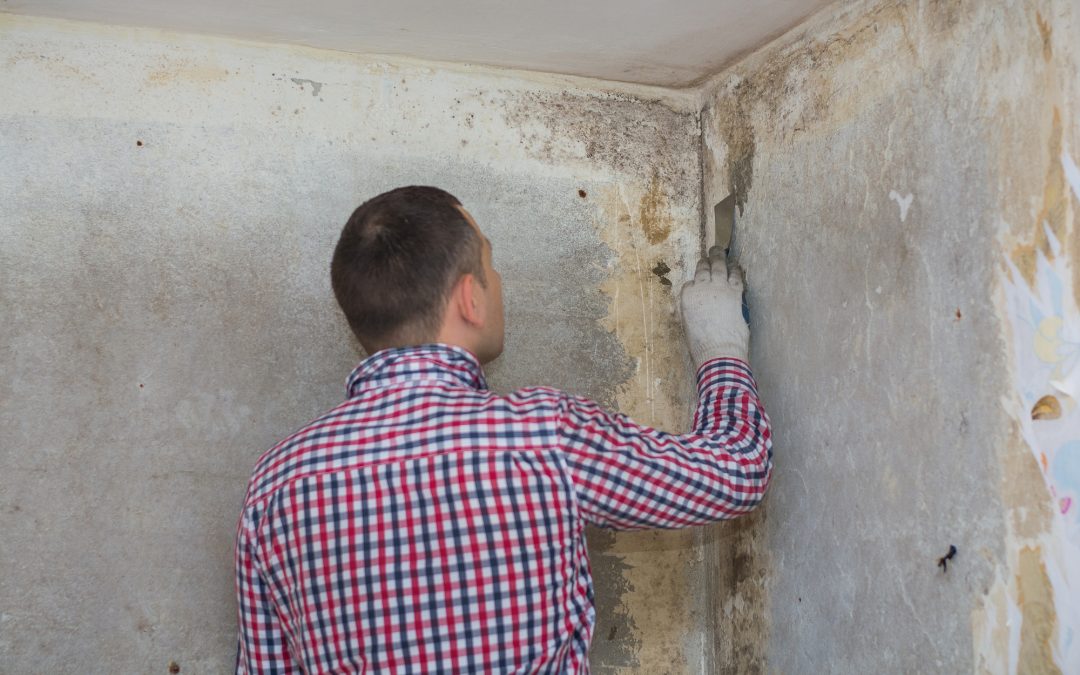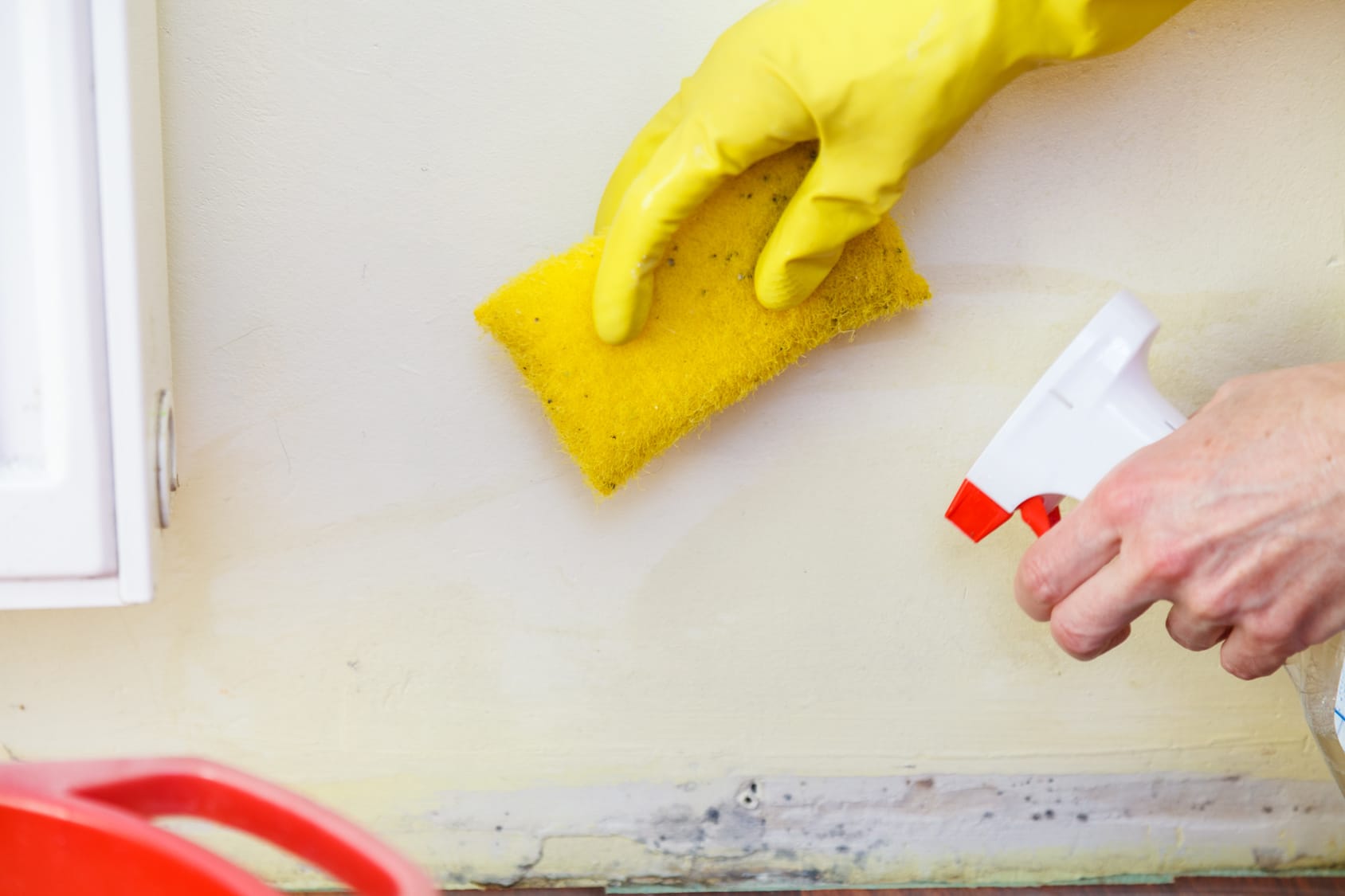Efficient Post Mold Remediation Cleaning Protocols
Efficient Post Mold Remediation Cleaning Protocols
Blog Article
Professional Tips for Message Mold Remediation Success
In the world of mold and mildew remediation, effectively eradicating mold and mildew is only half the battle; the true challenge lies in stopping its reappearance. By sticking to experienced tips and finest methods, people can protect their spaces versus mold and mildew renewal and keep a healthy and balanced indoor environment.
Display Moisture Degrees Consistently
After finishing mold removal procedures, keeping optimal humidity levels is essential to avoid mold and mildew re-growth and make certain a healthy and balanced indoor setting. High moisture levels over 60% develop a conducive atmosphere for mold and mildew to prosper, making normal keeping track of an aggressive action to stop any future mold and mildew problems.
In addition, developing a regular schedule for moisture checks, particularly in risky areas such as kitchen areas, shower rooms, and basements, is a proactive strategy to mold prevention. By regularly keeping an eye on humidity degrees, home owners can properly reduce the threat of mold and mildew reoccurrence and keep a healthy indoor environment post-remediation.
Conduct Thorough Inspections Post-Remediation
Following the conclusion of mold remediation procedures, it is critical to conduct thorough inspections to confirm the performance of the remediation procedure. These post-remediation assessments are essential in making sure that the mold concern has been effectively dealt with which there is no reoccurrence or remaining mold growth. Examinations should be executed by qualified specialists that have knowledge in identifying mold and mildew and examining interior air high quality.
During these examinations, numerous techniques such as aesthetic evaluations, air tasting, and surface area tasting may be utilized to thoroughly evaluate the remediated areas. Aesthetic assessments involve a comprehensive examination of the facilities to look for any noticeable indications of mold development or water damages. Air sampling assists in determining the airborne mold spore degrees, while surface sampling can identify mold and mildew particles on surfaces.
Implement Appropriate Air Flow Approaches
After making certain the performance of the mold removal procedure through detailed evaluations, the next crucial step is to concentrate on executing correct ventilation approaches. Sufficient ventilation is crucial in avoiding mold and mildew reoccurrence by controlling wetness levels and advertising air flow. To attain this, it is suggested to utilize exhaust followers in areas vulnerable to high humidity, such as restrooms and kitchens. Additionally, opening up windows and doors when weather condition permits can aid improve air movement and decrease moisture accumulation. Air dehumidifiers and cleansers are likewise valuable devices in maintaining optimal interior air high quality.
Proper ventilation not only aids in protecting against mold development however also adds to the overall wellness and convenience of owners. By making sure ample air flow throughout the residential property, you can reduce the threat of mold regrowth and produce a much healthier living setting. Regular maintenance of ventilation systems, consisting of cleaning and filter replacements, is critical to maintaining reliable air flow. Consulting with a/c specialists can provide additional understandings into maximizing ventilation methods for your specific property requirements.

Use Mold-Resistant Products for Repairs
To boost the lasting performance of mold and mildew remediation initiatives, integrating mold-resistant materials for repair services is vital in mitigating the danger of future mold growth. Mold-resistant materials are developed to hold up against wetness and inhibit mold and mildew development, making them a crucial option for locations susceptible to dampness and moisture. When repairing areas influenced by mold, using products such as mold-resistant drywall, mold-resistant paints, and mold-resistant caulking can help avoid mold and mildew recurrence.
Mold-resistant drywall is an outstanding choice to traditional drywall in locations like bathrooms and basements where wetness degrees are greater. When revealed to damp conditions, this type of drywall has a special finish that withstands mold and mildew growth even. Furthermore, making use of mold-resistant paints having antimicrobial agents can better inhibit mold and mildew development on walls and ceilings.
In areas where wetness prevails, such as shower rooms and cooking areas, utilizing mold-resistant caulking around windows, bathtubs, and sinks can help secure out water and stop mold and mildew from taking hold in cracks and holes. By spending in these what to do after mold remediation mold-resistant materials during repair services post-remediation, you can dramatically minimize the probability of future mold issues and keep a healthier interior atmosphere.
Maintain Cleanliness and Address Water Issues
After mold remediation, it is vital to keep a clean atmosphere to protect against the regrowth of mold. Leaks, water invasion, or high moisture degrees can create the ideal reproduction ground for mold and mildew, so it is important to take care of any water-related problems promptly.
To keep sanitation, consider using HEPA filters in vacuums and air purifiers to catch mold and mildew spores and prevent their circulation in the air. Guaranteeing appropriate ventilation in areas vulnerable to moisture buildup, such as kitchens and washrooms, can assist maintain humidity degrees in check. By remaining watchful about sanitation and dealing with water concerns immediately, you can effectively stop mold reinfestation and maintain a healthy indoor setting.
Final Thought

In the world of mold and mildew remediation, effectively eradicating mold is only half the fight; the real difficulty exists in preventing its reappearance. After completing mold and mildew removal procedures, keeping optimal moisture levels is essential to prevent mold and mildew re-growth and guarantee a healthy interior atmosphere. High humidity degrees above 60% develop a favorable setting for mold and mildew to thrive, making routine checking an aggressive measure to prevent any future mold issues.
To enhance the long-lasting efficiency of mold remediation efforts, integrating mold-resistant materials for repair work is vital in mitigating the risk of future mold and mildew development. After mold and mildew remediation, it is important to preserve a clean environment to avoid the regrowth of mold.
Report this page